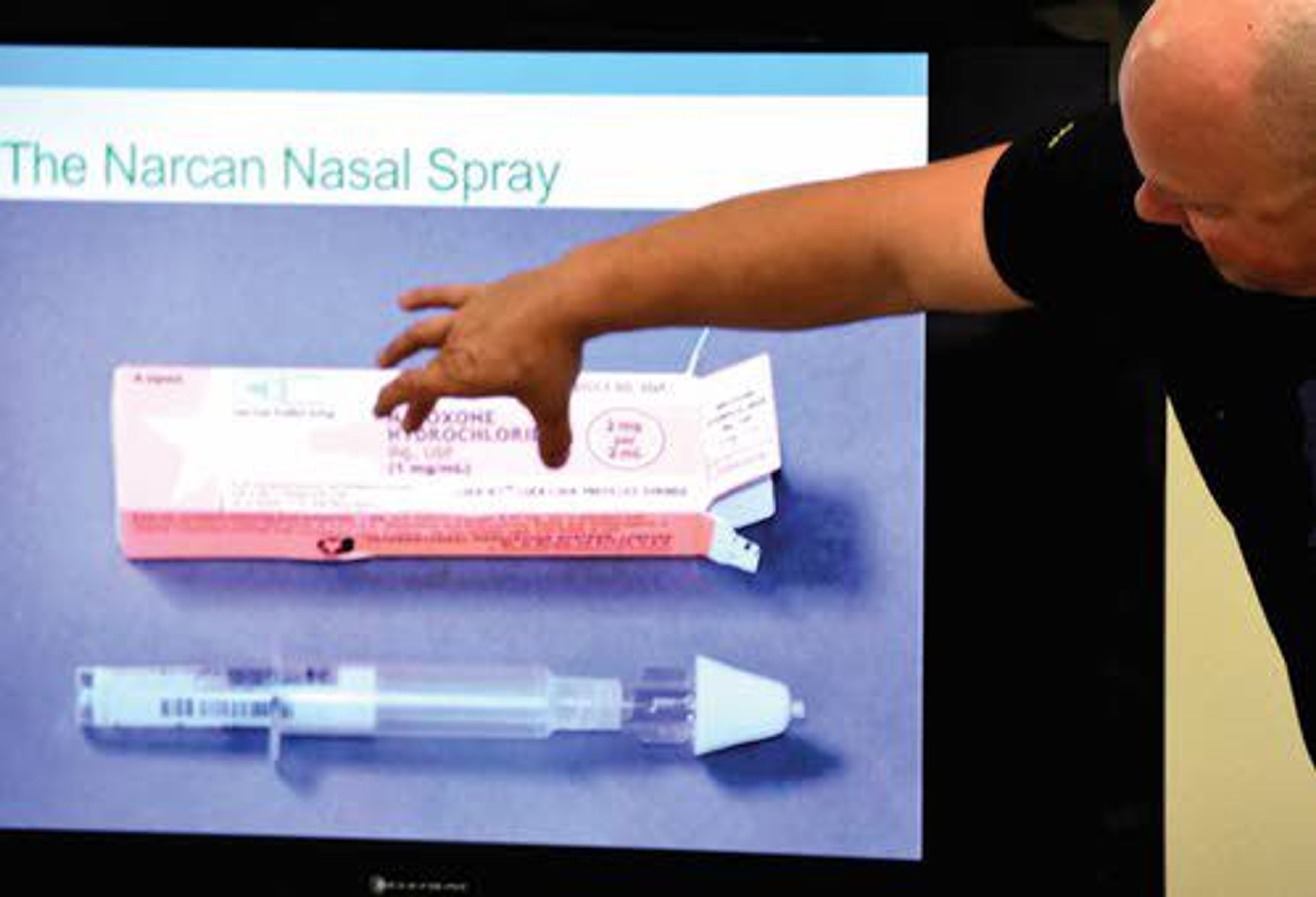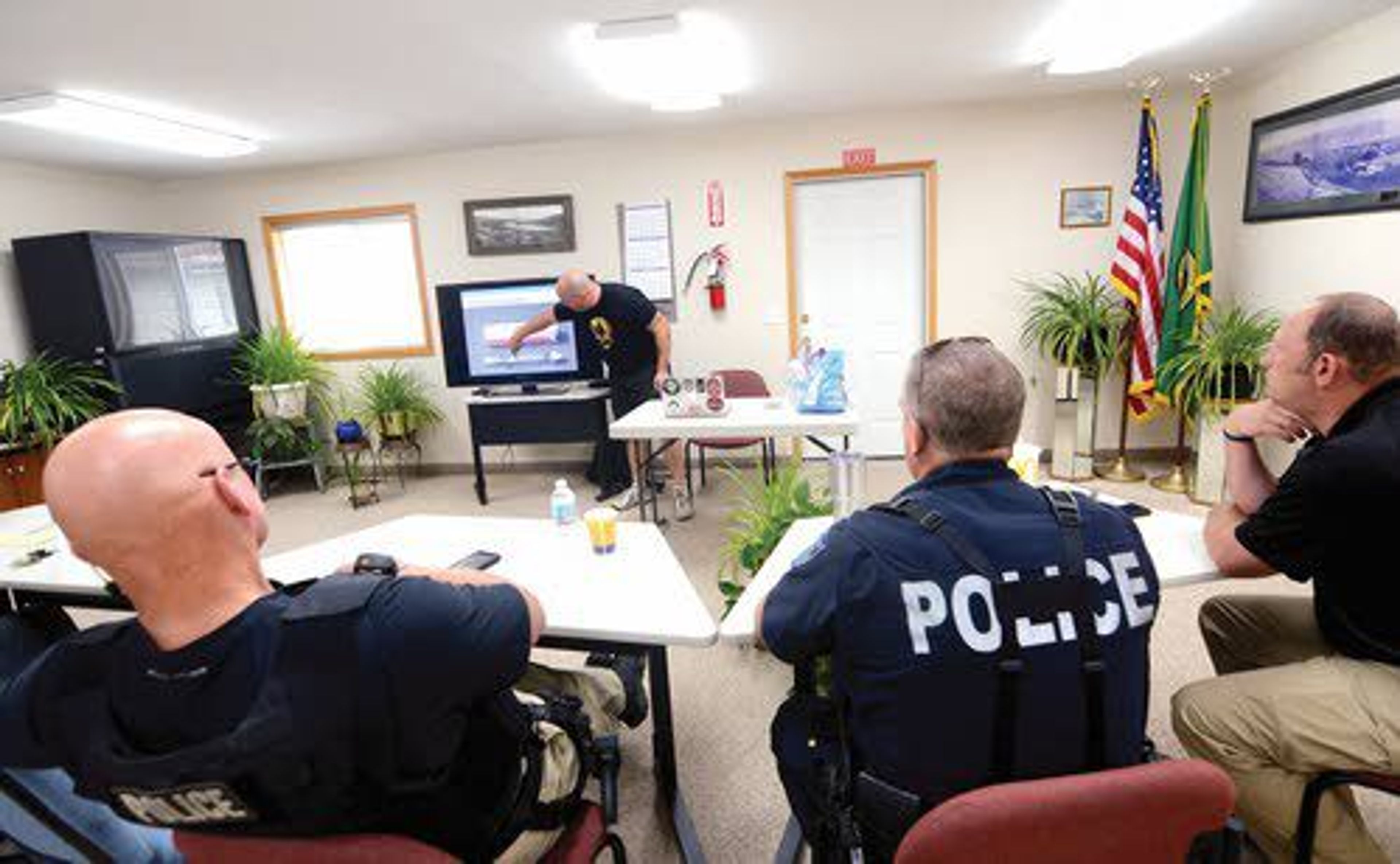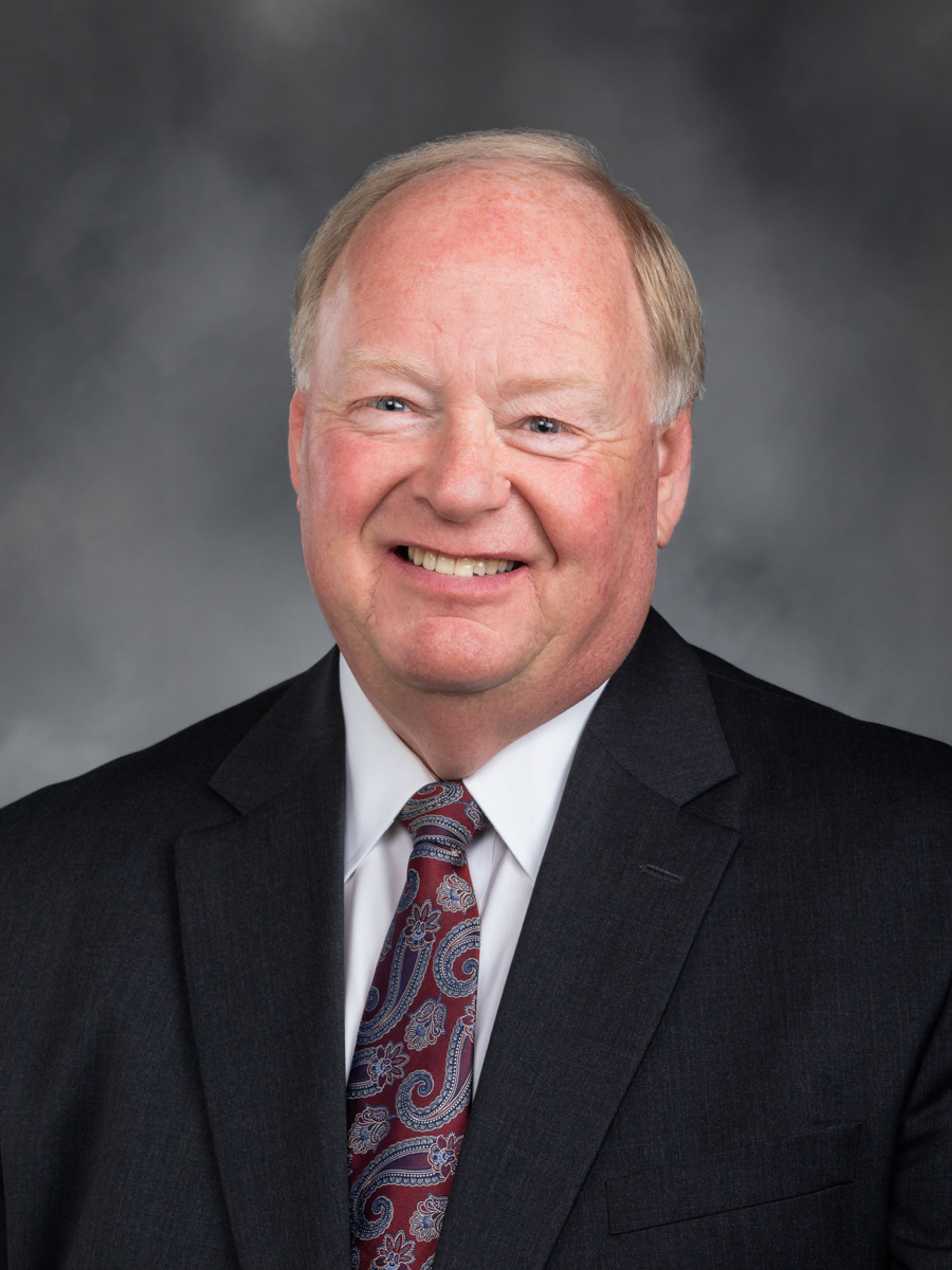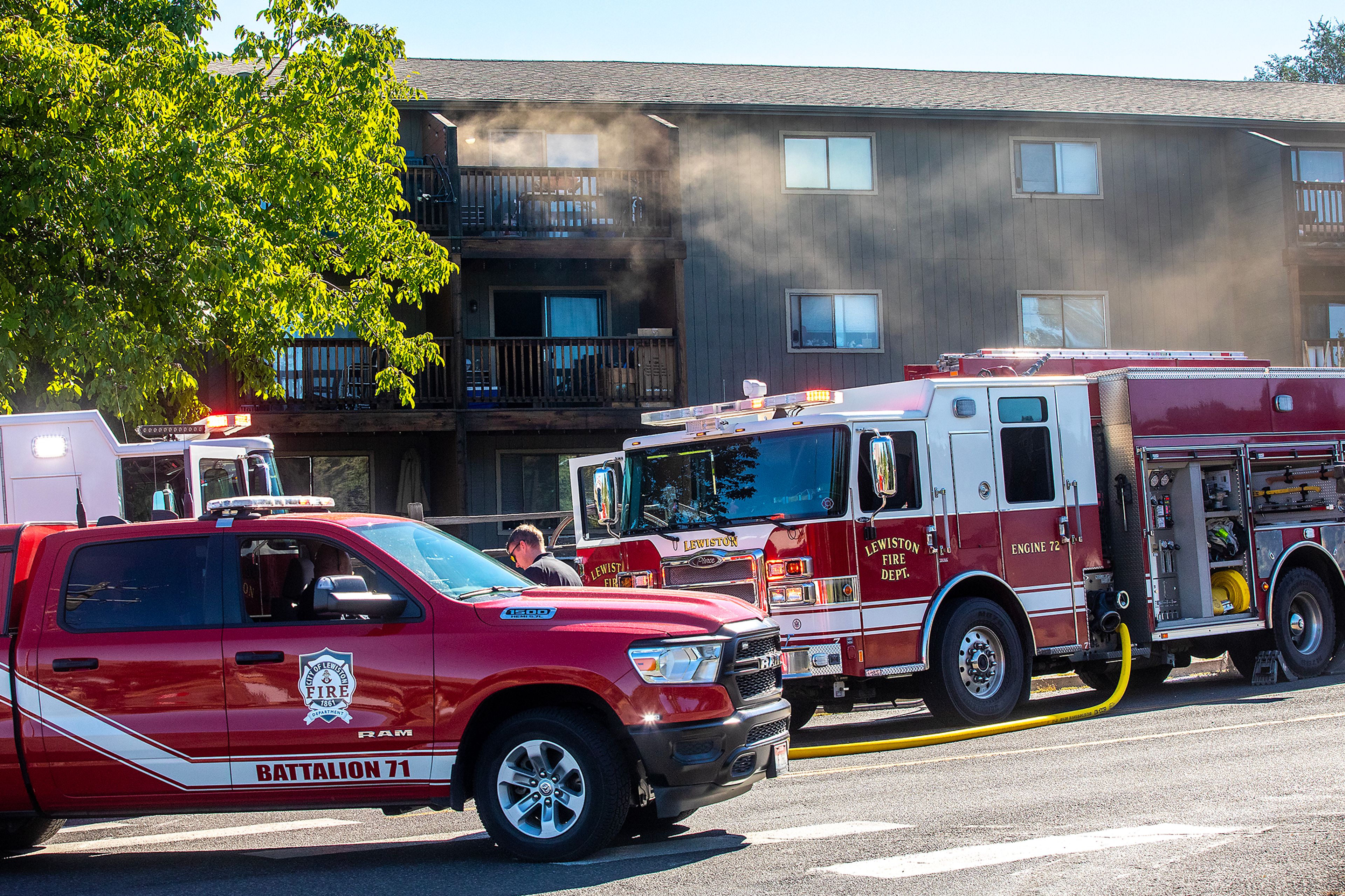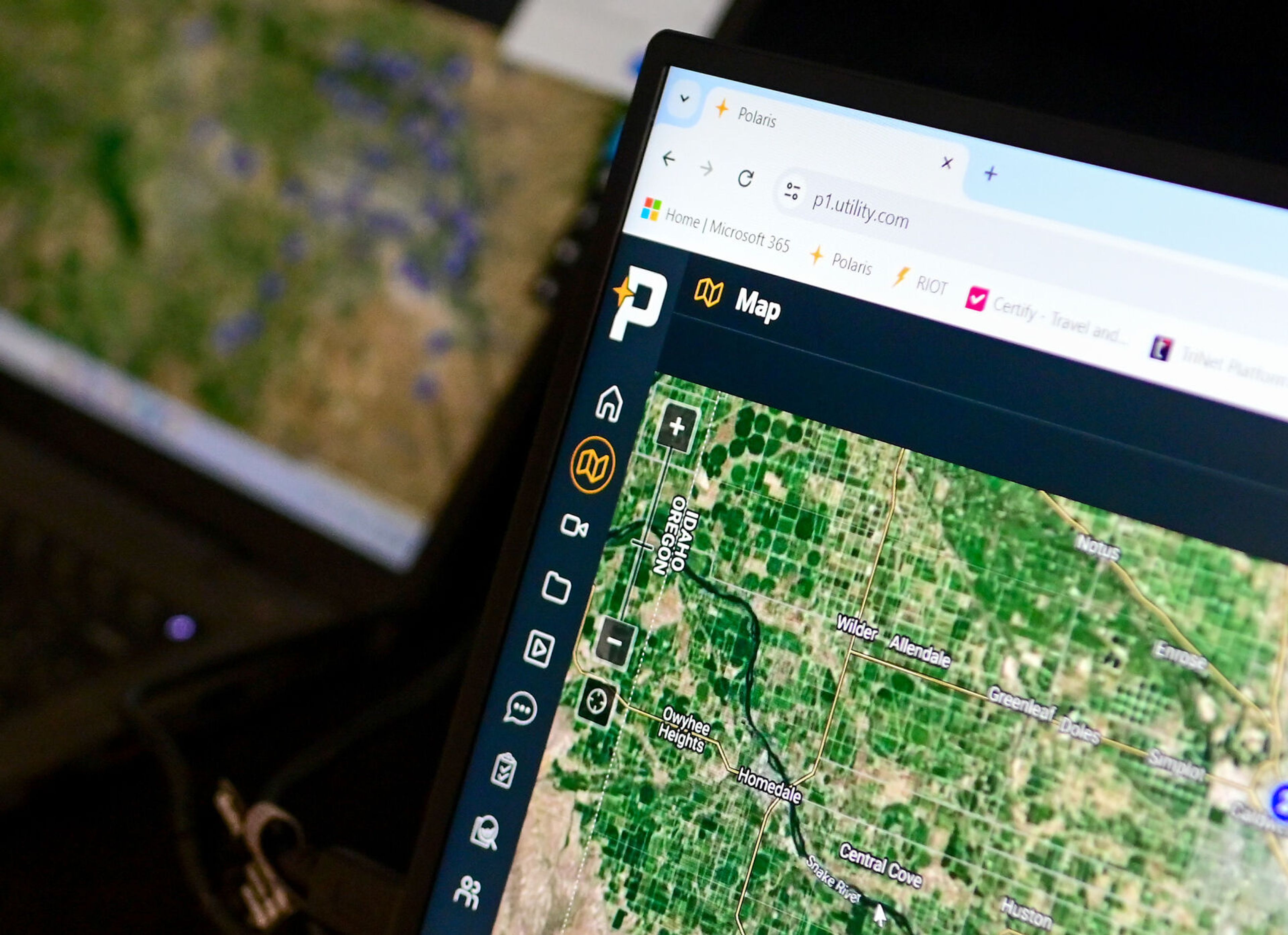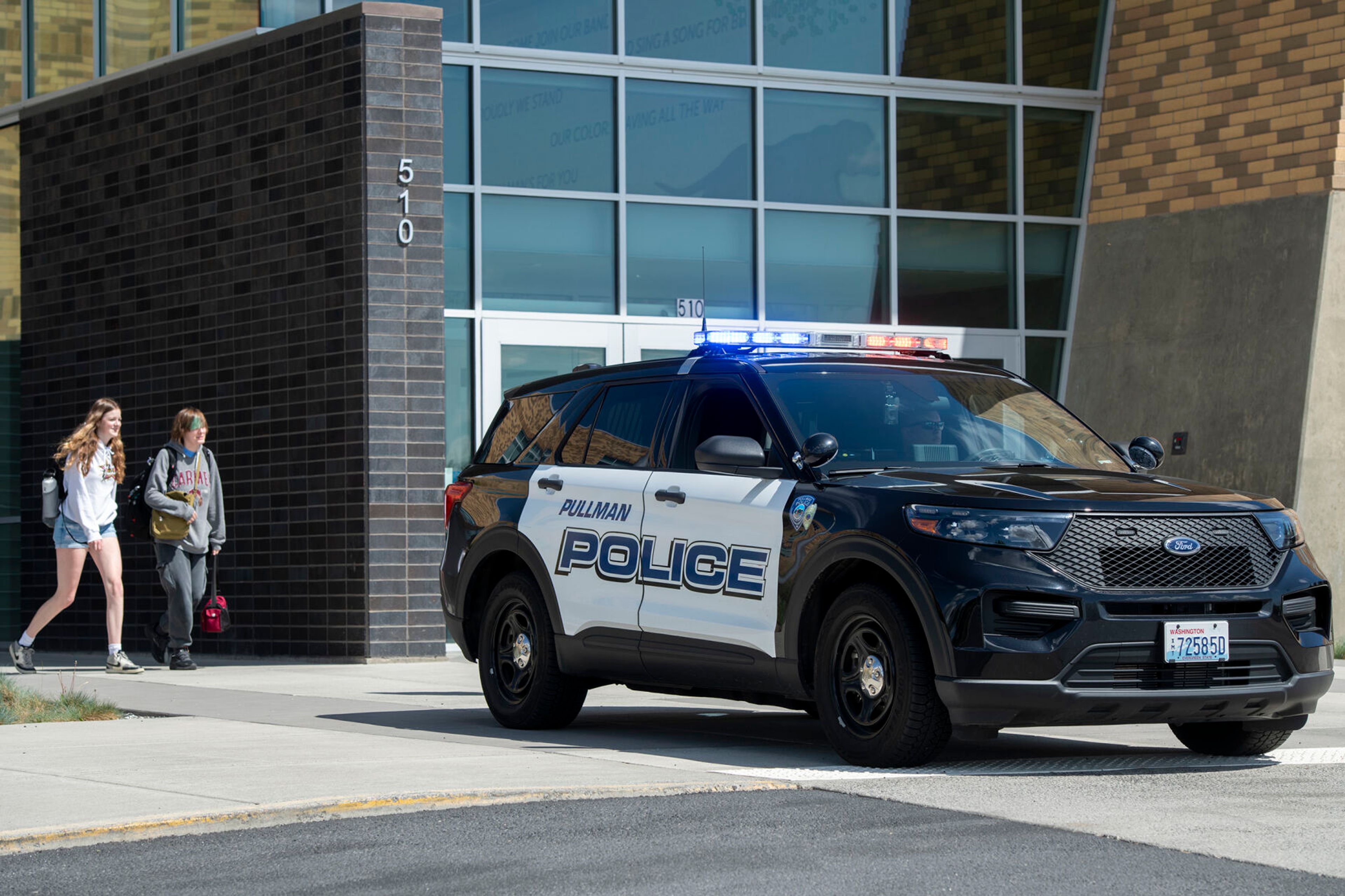ASOTIN - Blue lips, pale skin, shallow breathing and pinpoint pupils are among the telltale signs of an opioid overdose.
Essentially, the person appears dead, said Jerid Hilderbrand, a Pullman paramedic who recently led an opiate response training session at Asotin City Hall.
"About the only difference is the skin is still warm. These people look like crap."
In areas where heroin and illegal prescription painkillers are prevalent, overdoses are becoming more common. The growing problem prompted two local agencies to take a proactive approach.
The Asotin County Sheriff's Office and Asotin Police Department are now equipping patrol deputies, jailers and officers with Narcan, a prescription nasal spray that can reverse the effects of an overdose.
"Are we going to save a bunch of junkies? Probably," said the paramedic. "And we'll be saving kiddos, too."
Children who get into the medicine cabinet can suffer overdoses, along with folks who have legitimate needs for prescription painkillers. Narcan only works on opiate overdoses and is safe enough to use on kids, pregnant women and dogs, according to the instructor.
"The decision to use Narcan rests with each individual officer," Hilderbrand said. "Failure to use it will not result in discipline. This is just a tool for the toolbox."
Asotin Police Chief Monte Renzelman said the policy allowing officers to decide who gets treated with the nasal spray is standard in most departments. Some people are not comfortable administering a drug and they can wait for emergency medical crews to arrive on the scene without any fear of getting in trouble.
"With guidance from insurance carriers, attorneys, local medical first responders and a physician, a policy was implemented to allow officers to have this option," Renzelman said.
Each time Narcan is used, deputies must fill out a police report, and only officers who complete training are allowed to carry it. Law enforcement recognize the signs of an overdose, the police chief said.
Asotin County Sheriff John Hilderbrand, who is the father of Jerid, said deputies have gone through the appropriate training, which was provided by paramedics and firefighters. In addition, the jail's physician monitors the use of Narcan.
"As first responders, local law enforcement agencies would like to be trained and equipped to try and reverse the fatal effects of opiates," the sheriff said.
The decision to use opioid overdose medication stems from an increase in overdose cases throughout the state and region.
"The safety of individuals overdosing and the safety of the public were looked into very closely," Renzelman. "Similar to defibrillators, this gives officers another tool to assist in possibly saving a life."
In addition to Asotin and Asotin County, the Pullman Police Department carries Narcan, along with most EMS units throughout the region.
Clarkston and Lewiston police have not adopted policies to use the remedy, but both agencies are looking into it.
Police Chief Joel Hastings said in Clarkston, the ambulance usually arrives at medical emergencies in tandem with police. Paramedics have access to the overdose drug, so it hasn't been a major issue.
However, that's not always the case in rural locations, such as Asotin County or the city of Asotin. Often times, police are first on the scene in the less-populated areas.
The new policies in Asotin and Asotin County have prompted some neighboring Idaho agencies to consider carrying Narcan.
"We've begun discussion on it because of all the overdoses in the area," said Lt. Jeff Klone of the Lewiston Police Department. "We have no firm plan to carry it, but it has come up."
---
Sandaine may be contacted at kerris@lmtribune.com or (208) 848-2264. Follow her on Twitter @newsfromkerri.
